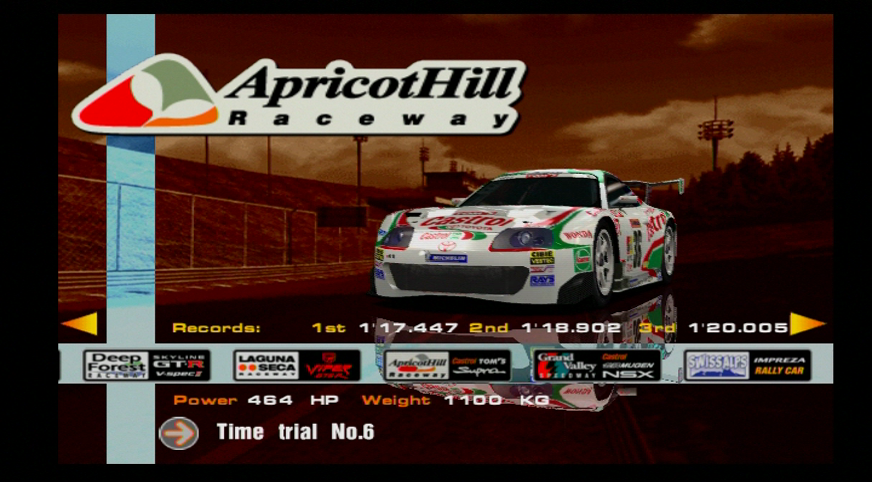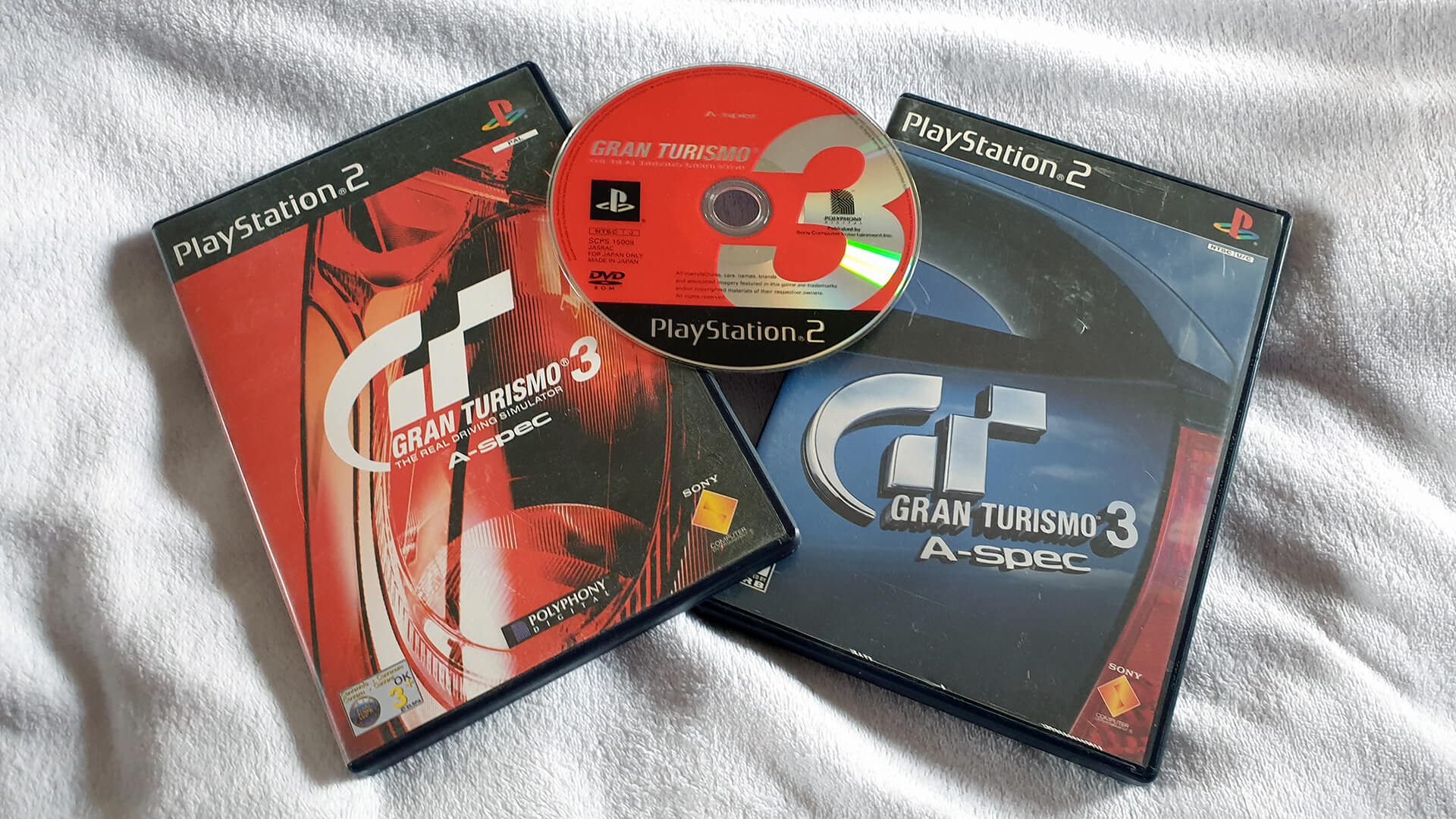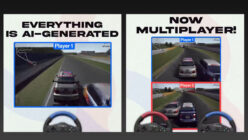It’s hard to believe, but Gran Turismo 3 turns 19 today. Initially launched on April 28 2001 for the Japanese market — arriving in July in both Europe and the USA — GT3 was the debut Gran Turismo title for the PlayStation 2 console, and an important milestone.
The title was a little smaller than its expansive predecessor. GT2’s 600-car roster was a world record, and many expected the larger storage capabilities of the DVD-based PS2 to translate to four figures. Instead the game came with only slightly more cars than the first Gran Turismo. Many of GT2’s debuting brands didn’t return — some have never returned — which is often seen as a black mark against GT3.
Of course there was a payoff, and it was a vastly improved level of visual fidelity. The leap from GT2 to GT3 is arguably the largest advance of any Gran Turismo title when it comes to graphics. PD leveraged the power of the PS2’s Emotion Engine to create more detailed car models with ten times the polygon count, higher frame rates and draw distances, and a higher native resolution. All of the game’s environments were more engaging — with real crowds replacing the colored noise representing packed grandstands.

That’s not to say that GT3 didn’t include new vehicles and brands. It’s unlikely that the Gillet Vertigo would have found many fans outside its native Belgium if not for its inexplicable inclusion in the game. The Falcon XR8 also made a debut, with Tickford — later FPV — becoming the series’ first Australian manufacturer. GT3 also saw the first Formula cars, in a license-friendly form, along with Lamborghini and Porsche also making first appearances… of sorts.
Though the car count shrunk, and racing modifications disappeared (designing these on the new, more detailed car models would have been time consuming), GT3 had plenty of things to do. New endurance races, new time trial challenges (against PD staff, no less), and a huge array of events meant that the game never felt stale. There was also the genesis of today’s online racing, as GT3 also introduced network play for the first time, using the iLink system.
GT3’s full title, “Gran Turismo 3: A-Spec“, was a point of confusion at the time, and still meets with furrowed brows today. There’s a clue to the name by way of a game mode featured in GT4, GT5 and GT6, known as B-Spec. Although derived from terms used in the vehicle tuning industry, B-Spec mode was simply a driver management mode.
Polyphony Digital had originally intended that players could buy Gran Turismo 3: A-Spec to live out their race car driver fantasies, and pick up Gran Turismo 3: B-Spec as a management sim, guiding their own race team of AI drivers rather than taking part themselves. We never got to see what this game would have been like, as PD abandoned development as a standalone game and incorporated the basic ideas into Gran Turismo 4.
Originally intended as a title for 2000, hence the Gran Turismo 2000 monicker you’ll find in contemporary games show literature and some rare demos floating around, GT3 nonetheless launched to great success. It still rates as the best-selling GT title with 14.89m copies sold and the best-selling PS2-exclusive; in fact it’s only recently lost its place as best-selling PlayStation exclusive, to Uncharted 4. Most important of all, it’s our favorite.
Happy birthday, GT3!











